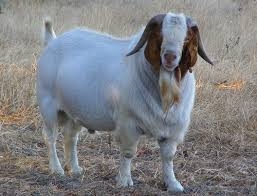Fatty Liver Syndrome in Dairy Cattle
Fatty Liver Syndrome is a metabolic disorder primarily affecting dairy cattle, often occurring around the time of calving. This condition results from excessive fat accumulation in the liver, which impairs liver function and impacts overall health. This guide provides a comprehensive overview of Fatty Liver Syndrome, including affected species, symptoms, prevention, and treatment strategies. What…
Read more








